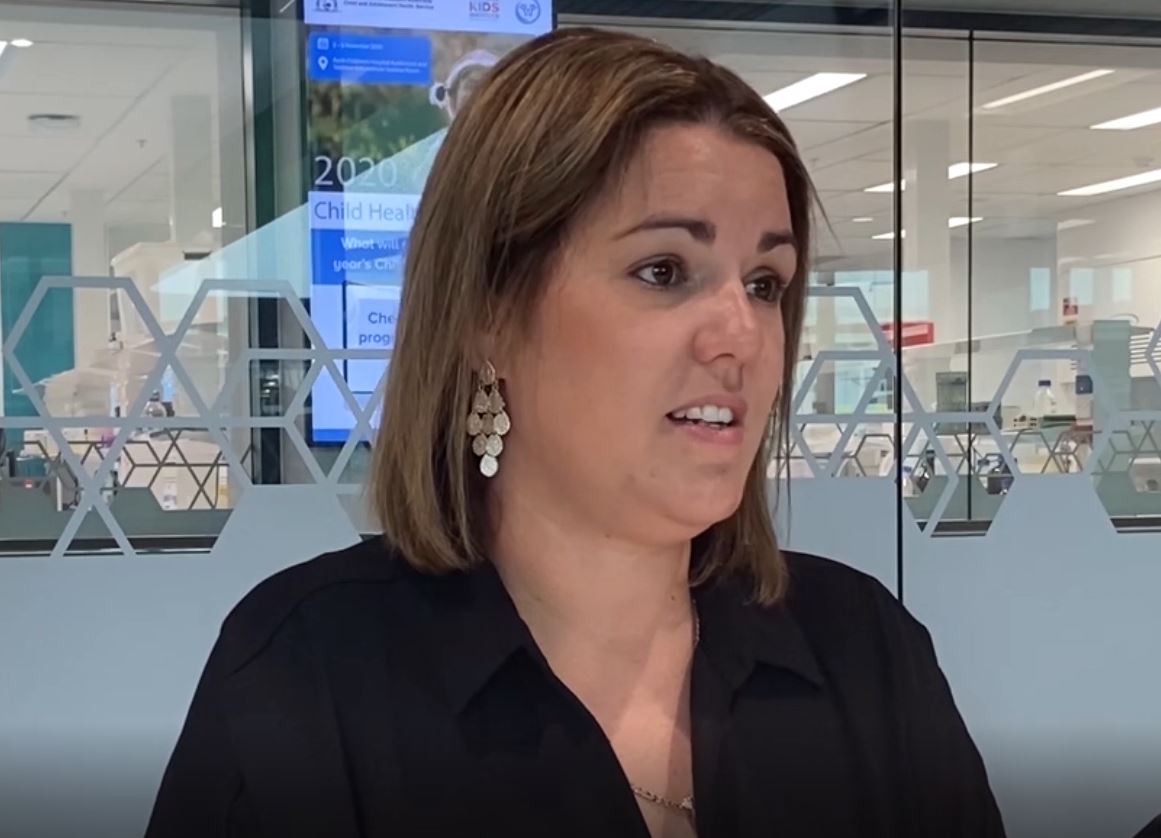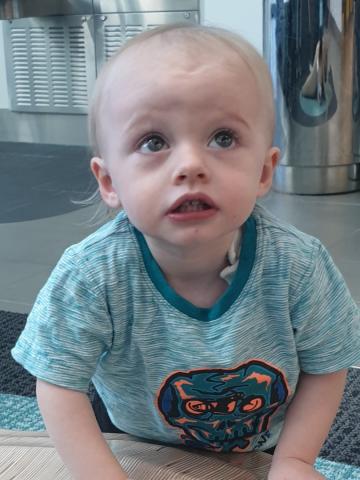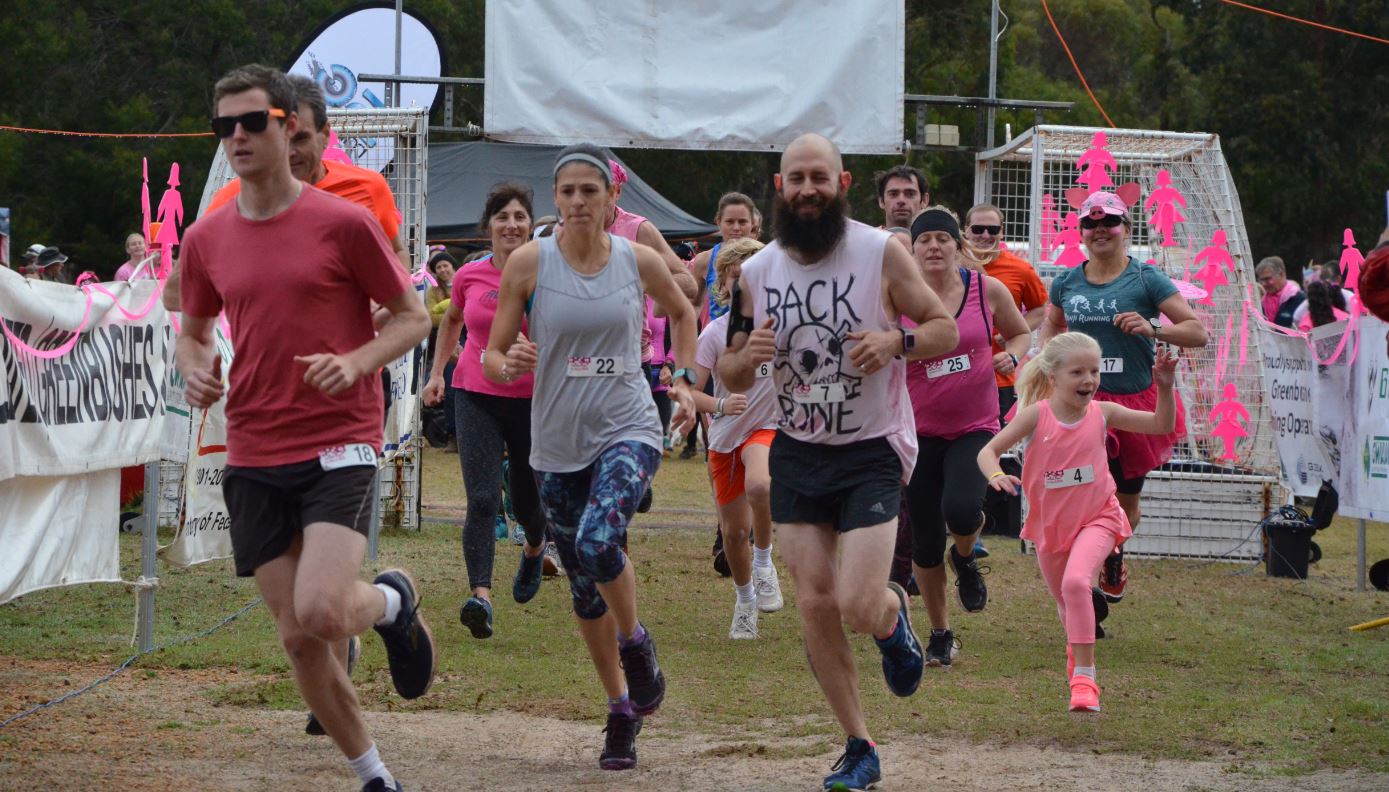Search

News & Events
New video: Diabetes in SchoolsAnthony and Zavier's mum Lucy talks about her contrasting school experiences in dealing with her sons' type 1 diabetes - with and without the support of the Diabetes in Schools program.

News & Events
New study: Diabetes stress and coping strategiesThe Children’s Diabetes Centre is investigating the ways young people, and their primary carers, cope with stressors associated with type 1 diabetes.

News & Events
Hybrid Closed Loop and Difficult Foods StudyManaging blood glucose levels with different foods can be challenging. Our research team would like to know how the hybrid closed loop system, deals with these foods, compared to standard pump therapy.

News & Events
Rockingham stalwart retiresAfter more than 25 years in the diabetes space, clinical nurse and credentialled diabetes educator Maxine Schlaeppi has retired.v

News & Events
Donated pump a blessing for KyeLooking at him now, it’s hard to believe busy one-year-old toddler Kye Gilbert was extremely unwell in Perth Children’s Hospital’s critical care unit with a new diagnosis of type 1 diabetes just a few months ago.

News & Events
Research roundupOur researchers have been busy. Here's a look at some of their work to be published recently.

News & Events
Thank you Greenbushes!The tiny south west town of Greenbushes has again proved it has a big heart when it comes to raising funds for charity following the hosting of its sixth annual Fun Run and Mountain Bike Event recently.

News & Events
Hypo awareness studyYoung people are needed for a new study looking at ways to improve hypoglycaemia awareness through exercise.

News & Events
Meet MikeMeet Professor Mike Riddell. Mike is the co-founder of the Physical Activity and Diabetes Unit at York University in Toronto recently visited Perth to share his research on exercise and type 1 diabetes at the Children’s Diabetes Centre Community Forum.

News & Events
CGM program gets boostThe Federal Government will widen its continuous glucose monitoring (CGM) program next month.
